The Glamorous Legacy of Lalique Glass
Rising majestically above Manhattan, the Chrysler Building exemplifies the architectural grandeur of the art deco movement, which marks its centenary in 2025. Inspired by Fritz Lang’s 1927 film Metropolis, with its sleek skyscrapers and bold geometrical shapes, and the colorful Miami Beach architectural district, this artistic style defines an era that captivated audiences in the 1920s and 1930s.
Although the term “art deco” originated from the 1925 Exposition Internationale des Arts Décoratifs et Industriels Modernes in Paris, the movement itself began to take form around six years earlier. It is distinguished by its vibrant geometric designs, opulent materials, and a modern aesthetic that mirrored society’s embrace of progress and technology. Influences from cubism, Bauhaus, and ancient civilizations informed its application across diverse fields, from architecture and fashion to automotive design and typography. An example is the Futura typeface, designed by Paul Renner in 1927, which continues to be utilized in word processing applications today.
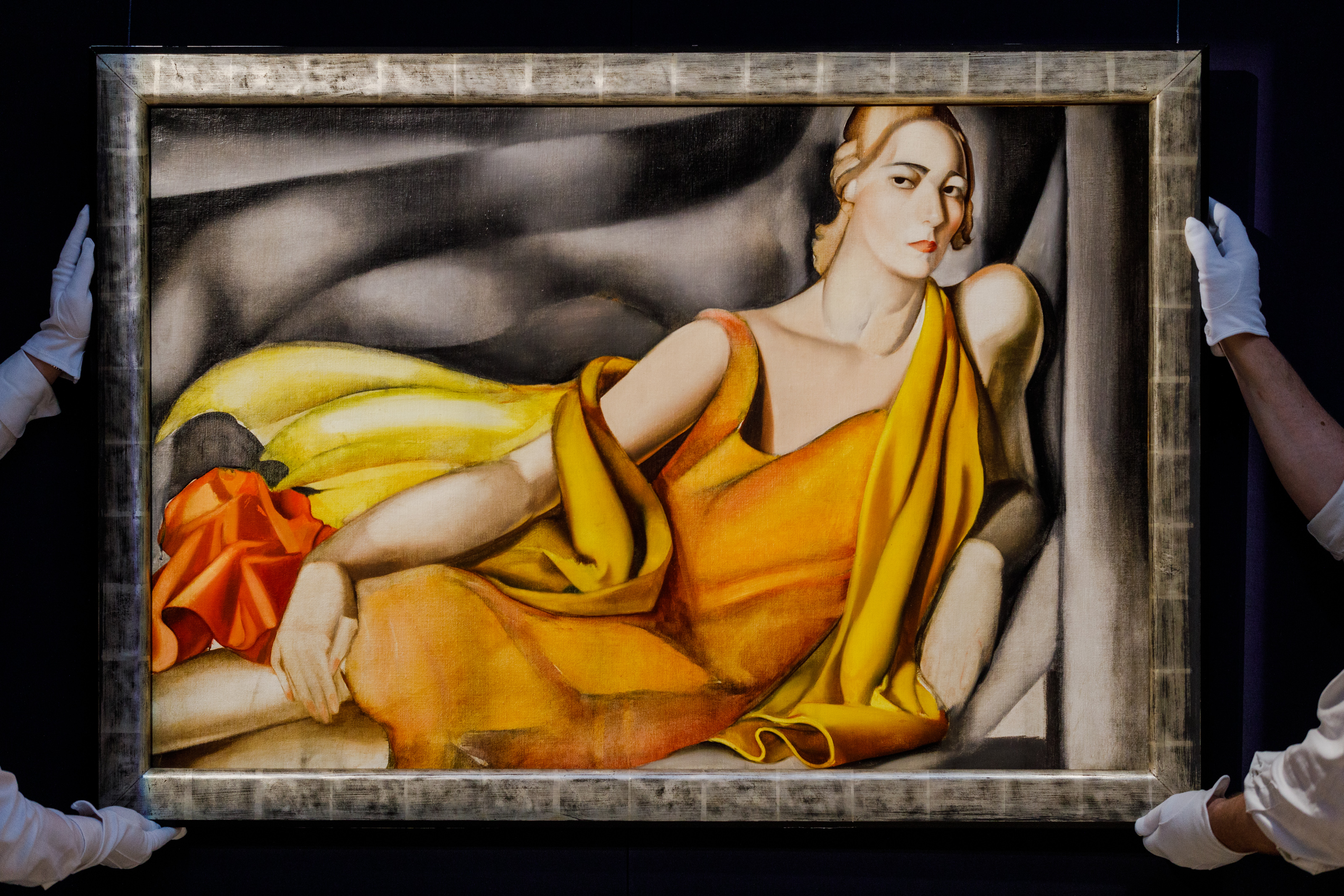
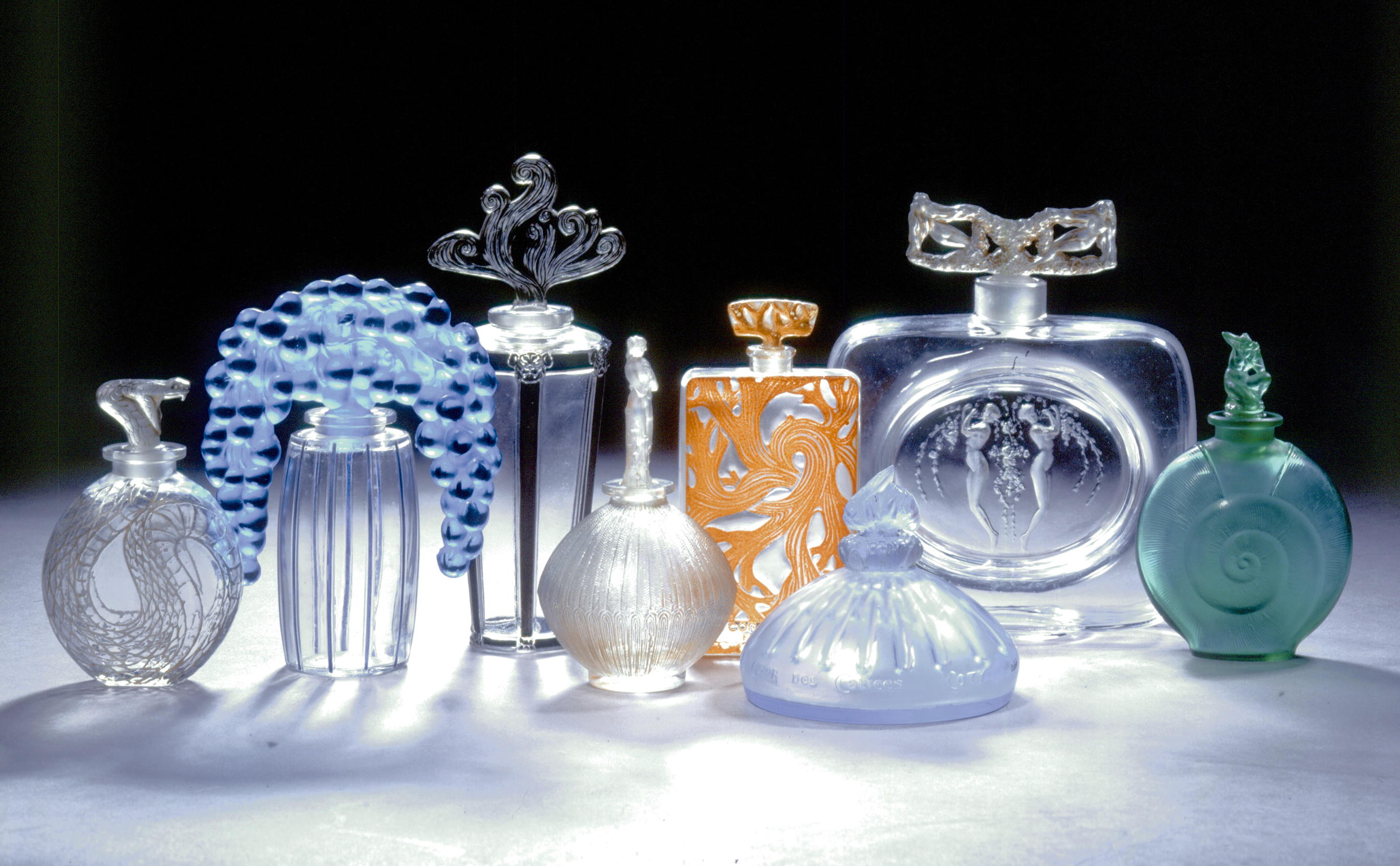
Art deco is particularly renowned for its incorporation of luxurious materials like chrome, marble, and glass. A name that stands out in the realm of art deco glassmaking is Lalique. Established in 1885 by René Lalique in Paris’s Place Gaillon, the brand initially produced intricate jewelry that showcased the art nouveau style, utilizing glass and enamel to create nature-inspired motifs. The acclaim for his designs enabled him to expand his workshops and attract a high-profile clientele, including the renowned actress Sarah Bernhardt.
By the 1910s, Lalique shifted focus to glassmaking, spurred by a collaboration with perfumer François Coty, for whom he fashioned a series of exquisite perfume bottles. In 1925, Lalique showcased his work at the art deco definitive event, marking a departure from his earlier ornate jewelry to embrace sleek, geometric crystalline designs that contrasted transparent and satin-finished glass.
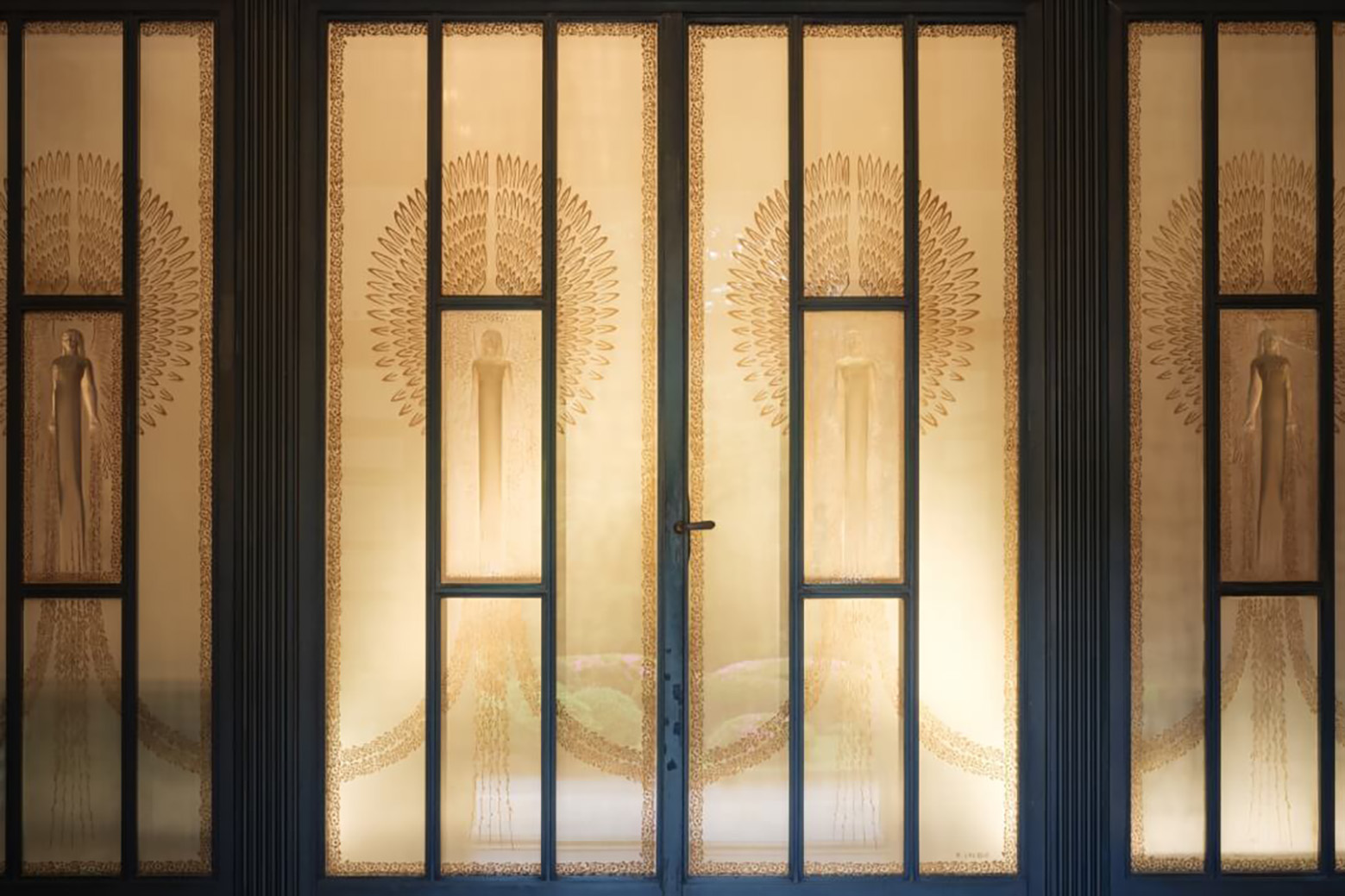


Lalique’s artistry extended beyond beauty products; it featured in monumental works including the glass doors of Prince Yasuhiko Asaka’s residence in Tokyo, the dining room for fashion designer Jeanne Paquin, and the opulent first-class dining room of the SS Normandie ocean liner. Guests on this famed vessel dined in a room that was more than 305 feet long, illuminated by twelve towering columns designed by Lalique, along with sumptuous wall panels and two grand chandeliers, earning it the moniker “Ship of Light.” During World War II, the liner was commandeered by the US Navy and repurposed, although tragically, a fire during renovations resulted in its capsizing. However, many Lalique crystal items from its glory days have since been recovered and frequently appear at auctions.
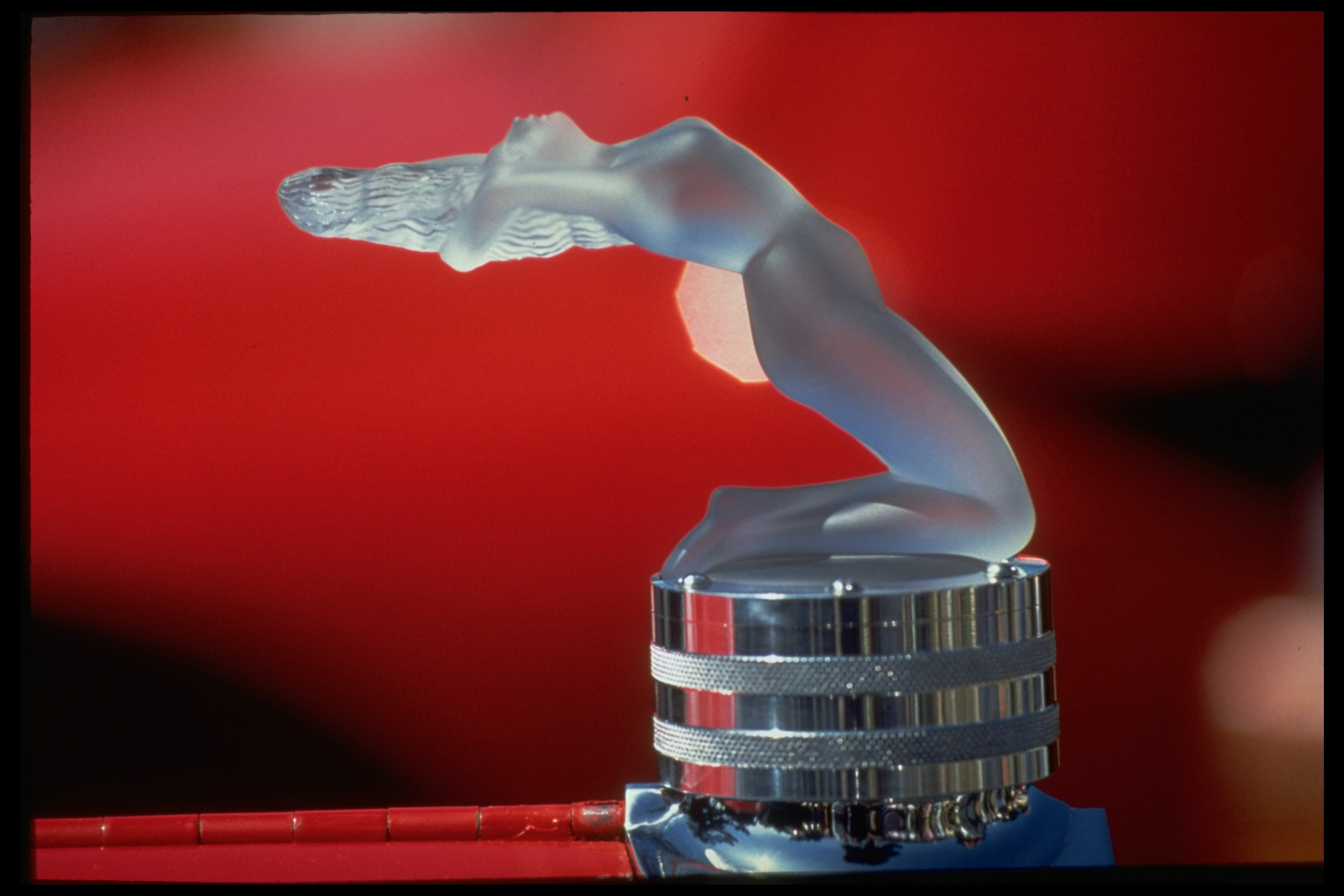
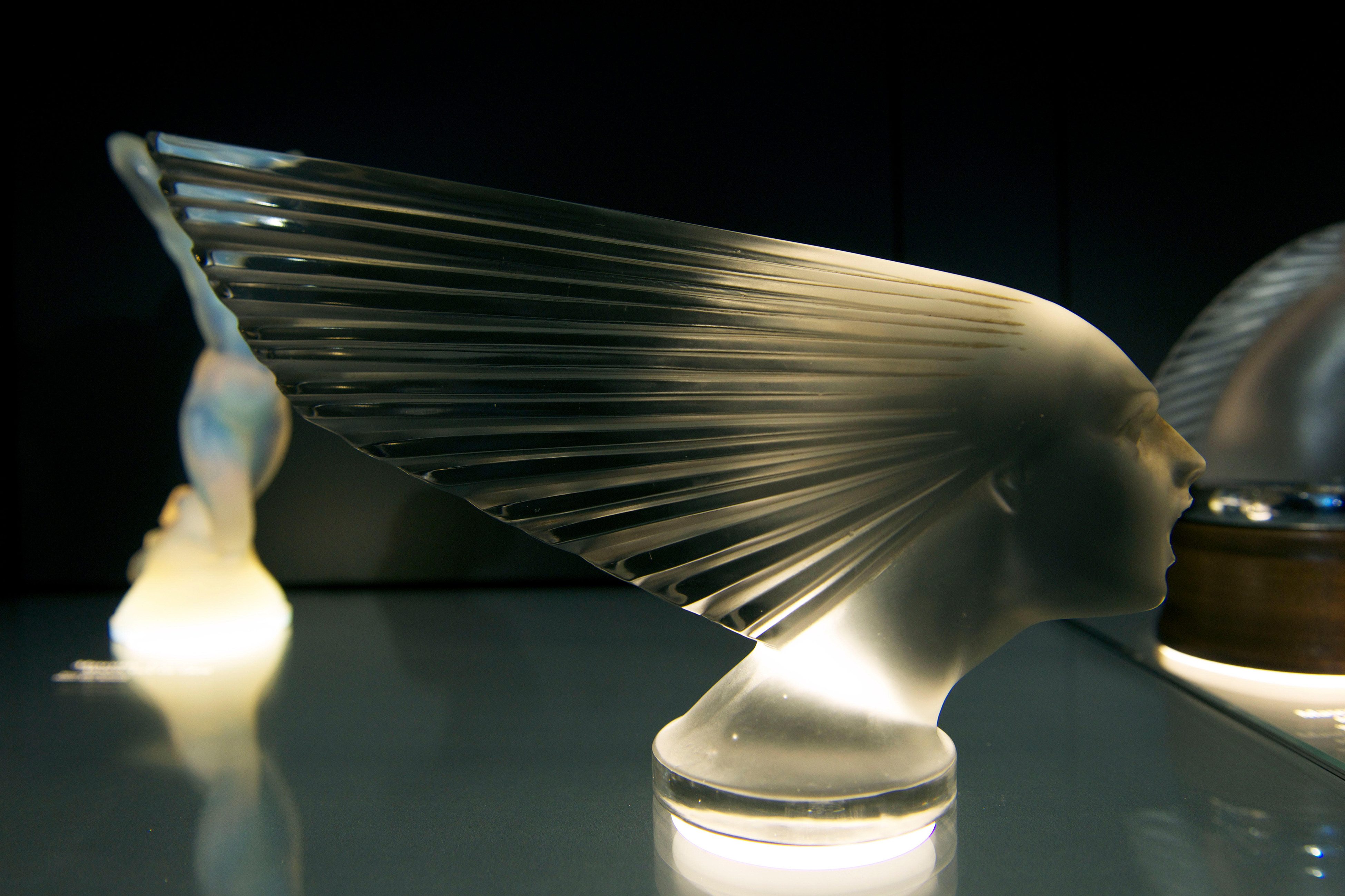
Notably a pioneer of the trend for customized vehicles, Lalique gained recognition for crafting radiator caps, or car mascots, featuring designs like perching falcons, leaping greyhounds, and graceful nymphs for prestigious automotive brands such as Bentley, Bugatti, Hispano-Suiza, and Rolls-Royce. Recently, Lalique returned to the automotive realm with a collaboration with coach-builder Ares Modena on the Wami Lalique Spyder, which includes thirteen bespoke crystal elements.
Today, Lalique continues to produce exquisite crystal pieces, merging tradition with contemporary design while honoring its artistic heritage. Marc Larminaux, Lalique’s creative director, notes, “Its clean lines inspire creativity for a brand that was at the forefront of the art deco movement. We today reinterpret archival designs into modern shapes and textures that blend color with innovative crystal craftsmanship.”
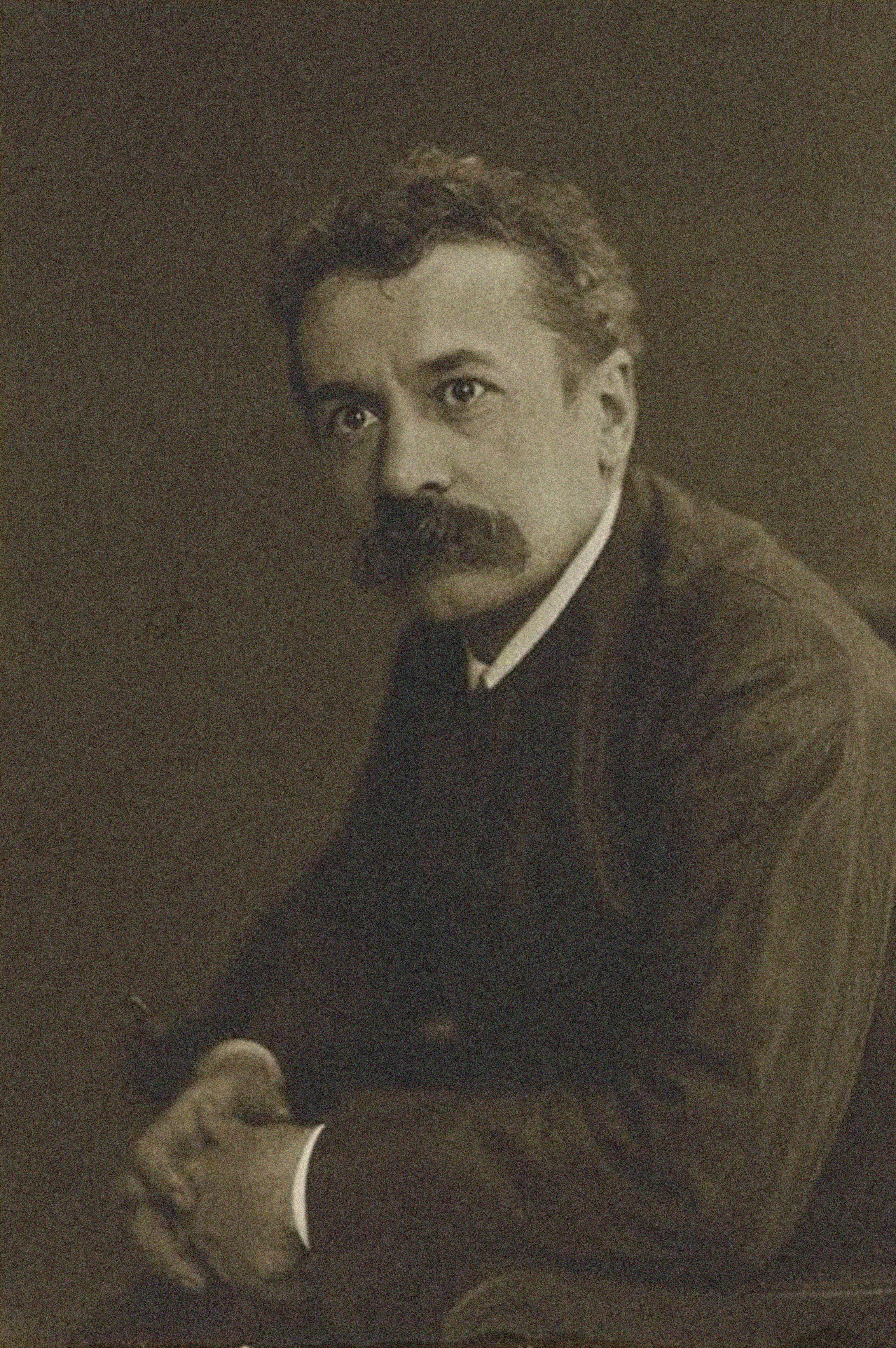
While the art deco style experienced a decline in popularity after World War II due to the rise of mid-century modernism, it continues to exert a lasting influence on contemporary design, synonymous with elegance and enduring charm.
Lalique, Bacchantes grand vase
The Bacchantes vase, crafted in 1927, stands as an iconic representation of Lalique’s art deco legacy, exemplified in a recent modern reissue. This hand-carved crystal piece measures 34.5 cm in height and features a swirling depiction of dancing nymphs inspired by ancient friezes.
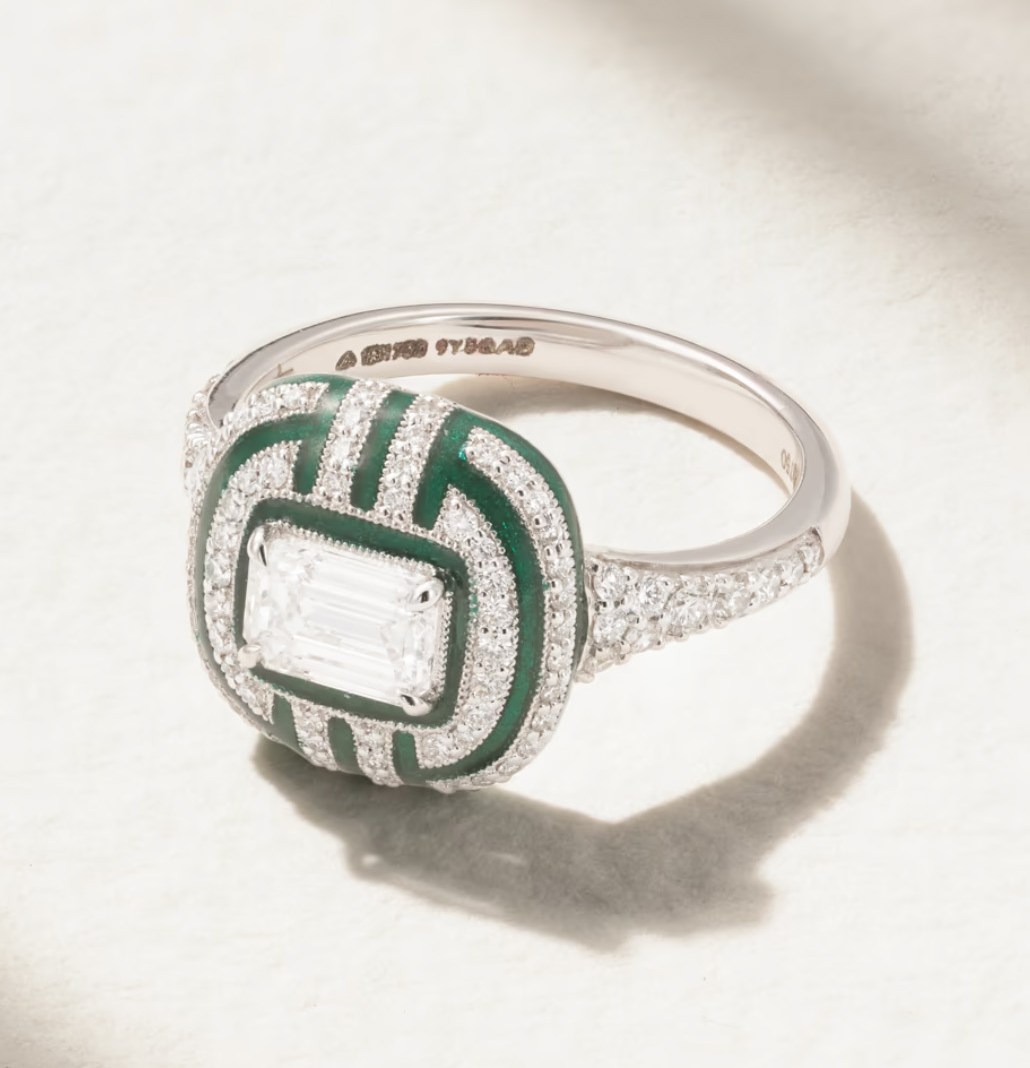
Kamyen, art deco 18-karat white gold, enamel and diamond ring
This stunning ring, boasting a central emerald-cut diamond surrounded by pavé diamonds and geometric green enamel bands, reflects the sleek lines of art deco skyscrapers, crafted by the family-run fine jewelry house, Kamyen.
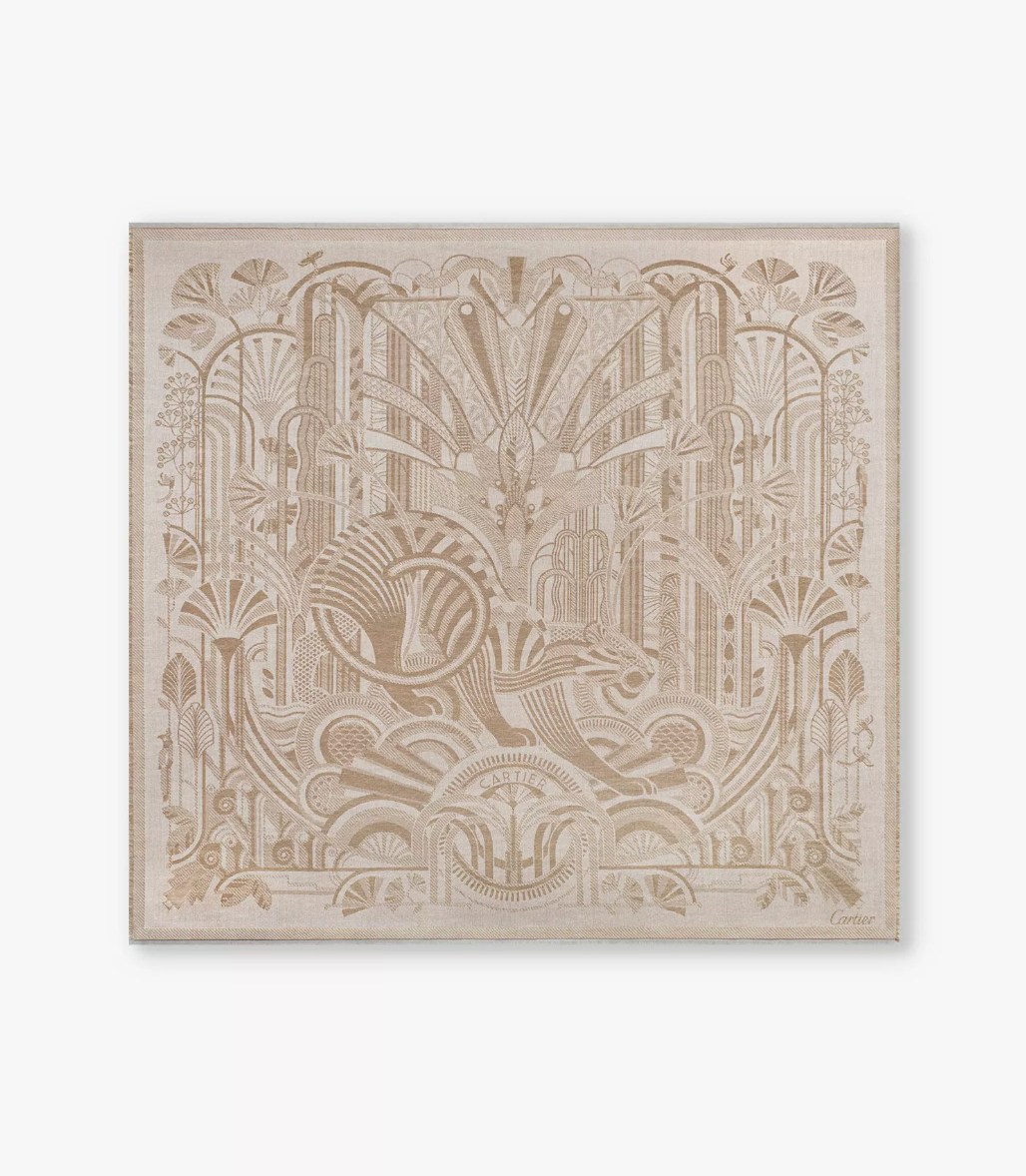
Cartier, Panthère art deco shawl
Beyond jewelry and timepieces, Cartier’s wool and cashmere shawl seamlessly integrates the brand’s iconic panther into an art deco composition filled with streamlined flora and architectural motifs.
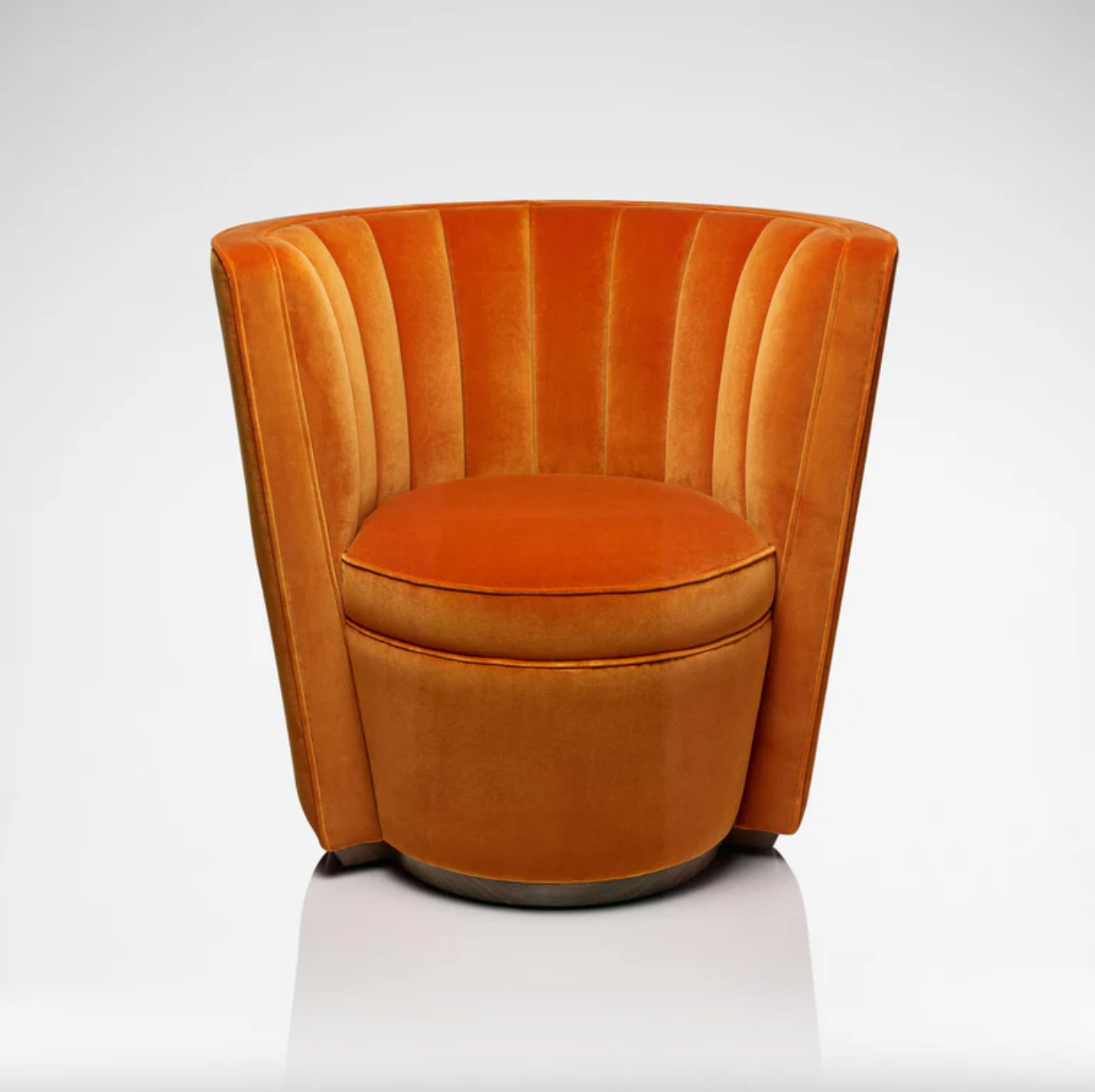
Linley, fluted deco tub chair
Experience the art deco aesthetic with Linley’s classic tub chair, featuring a gently curving back that extends from a circular seat. This handmade British piece is available in various luxurious finishes, including bold orange velvet.
Birdie Fortescue, pair of continental art deco armchairs
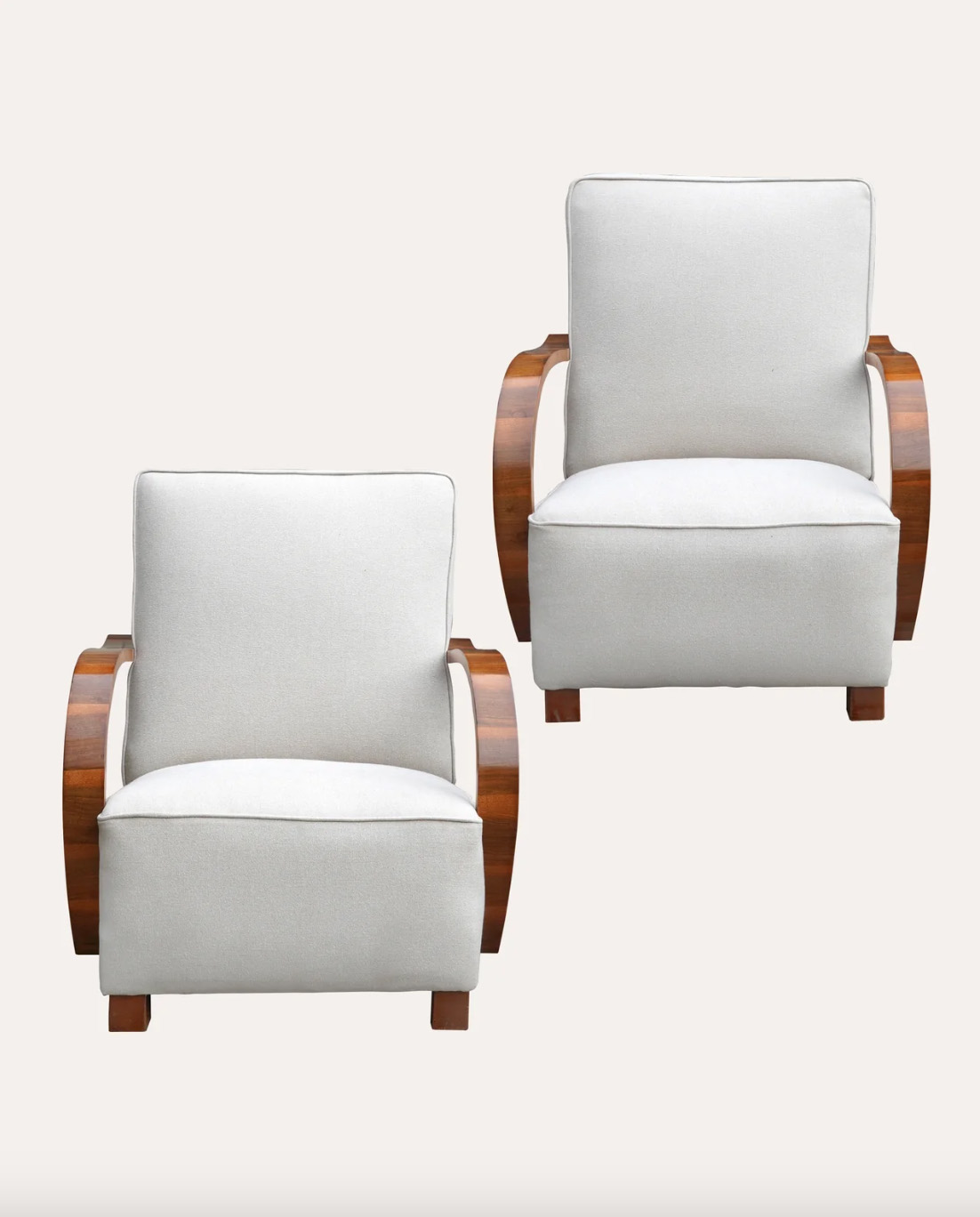
For those inclined toward minimalism, this duo of original art deco armchairs, crafted in Italy around 1930, offers timeless elegance with pure white fabric and lustrous wooden arms.
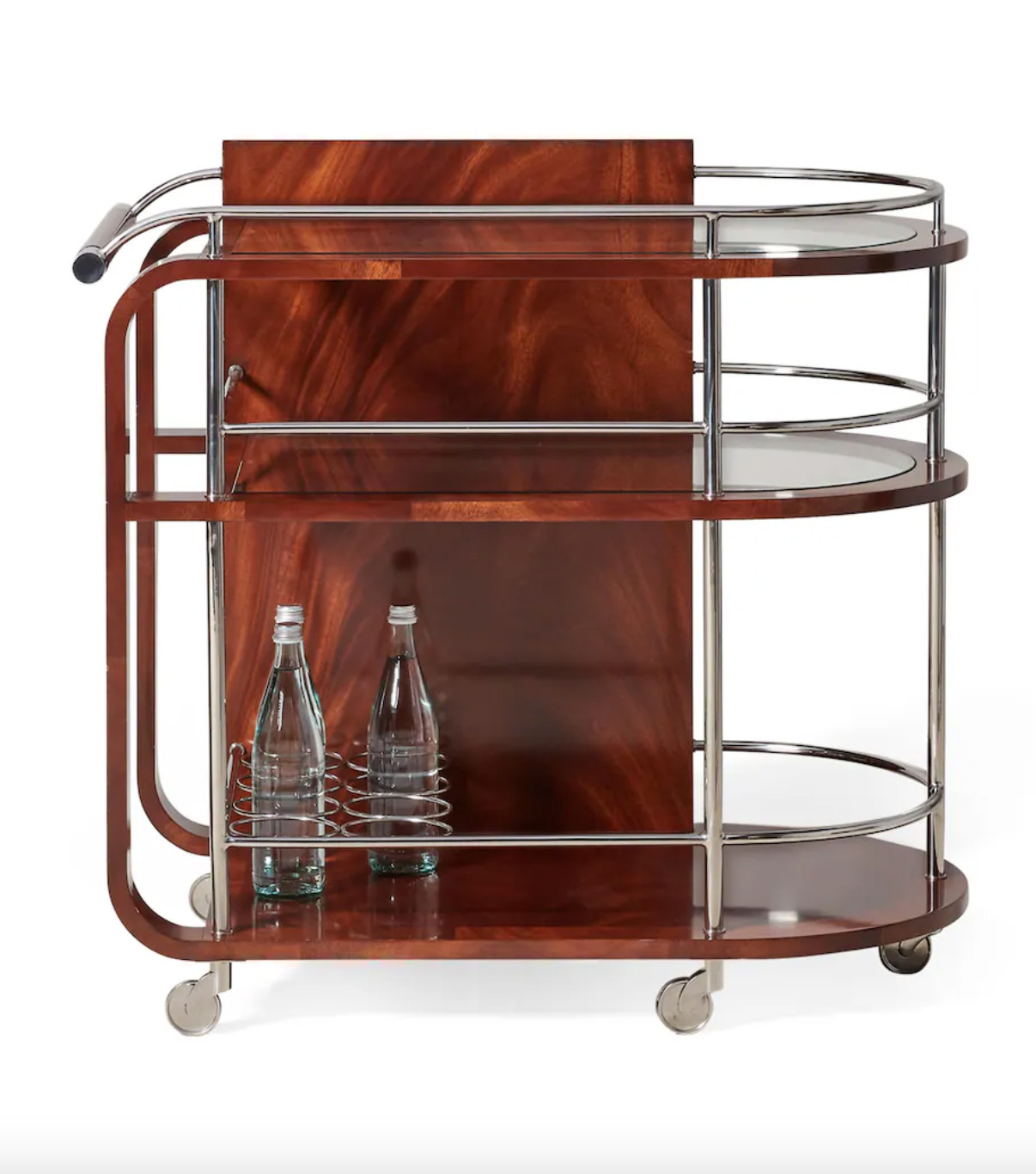
Ralph Lauren Home, Duke bar cart in mahogany, glass and stainless steel
Elevate your entertaining style with this luxurious Ralph Lauren bar cart, featuring rich mahogany and polished stainless steel, harmonized with glass shelves for an authentic art deco ambiance.
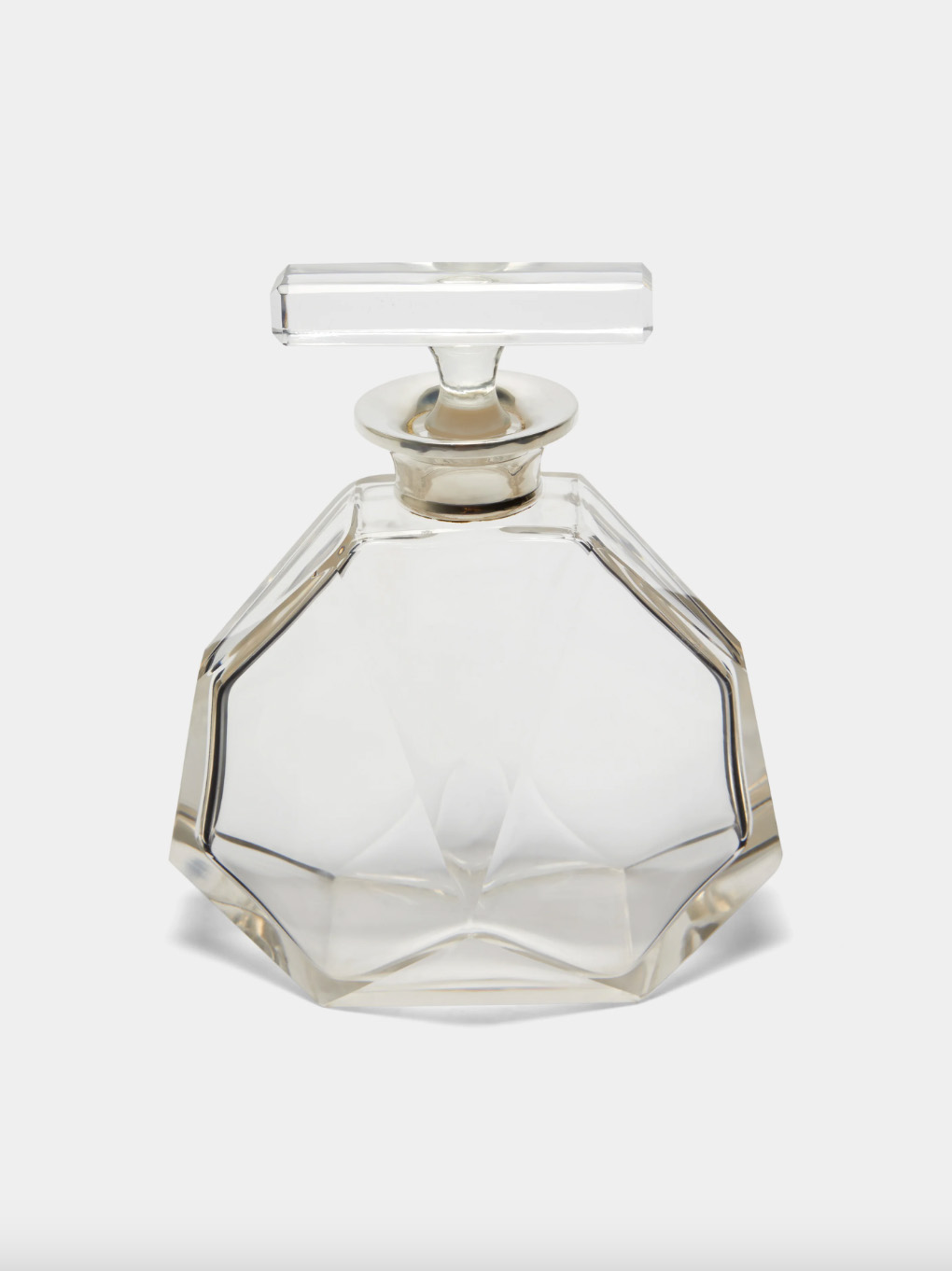
Abask, 1930s English art deco silver and cut glass decanter
This eye-catching 1930s decanter, boasting bold design lines and a hallmarked silver neck, serves as a delightful addition to any bar setup. Abask specializes in chic decorative items from both the past and present.
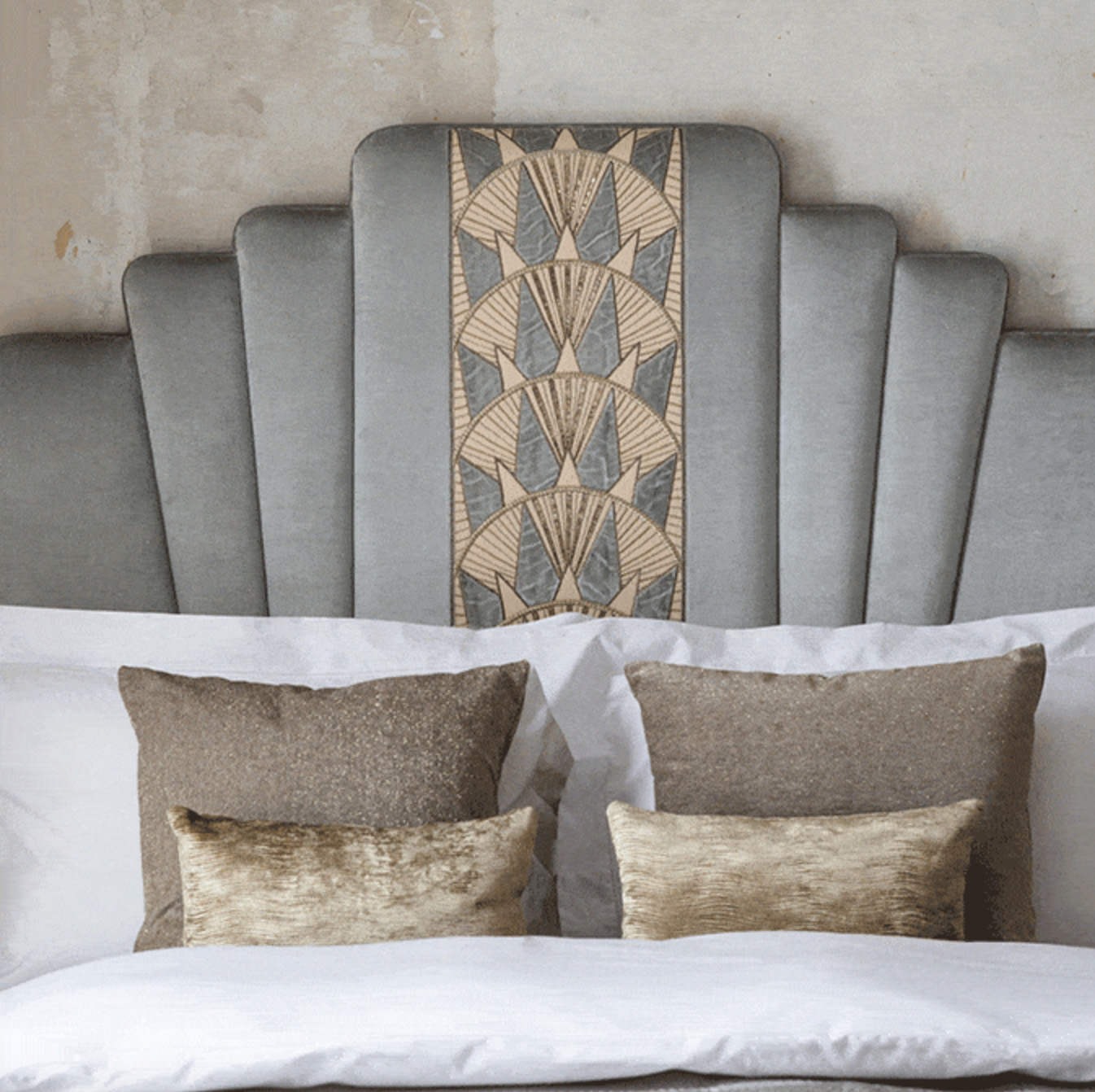
Beaumont & Fletcher, Miami headboard
Reflecting the architectural elegance of the Chrysler Building, this embroidered headboard from Beaumont & Fletcher is named after Miami, available in a variety of fabrics and shades.
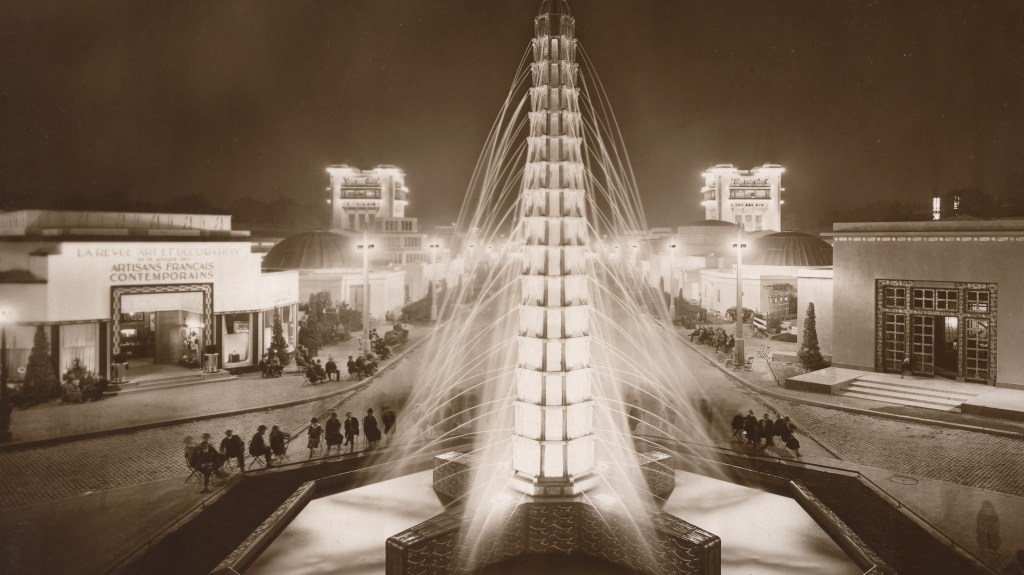



Post Comment